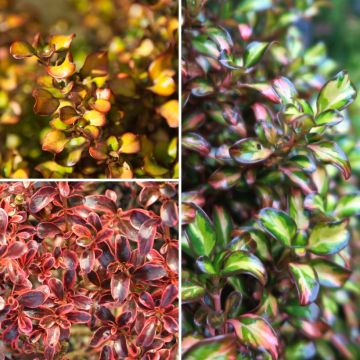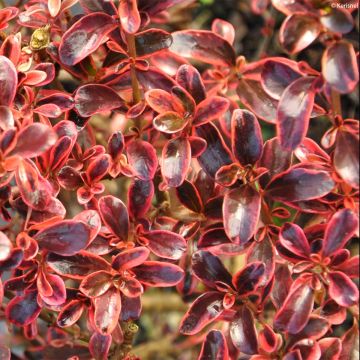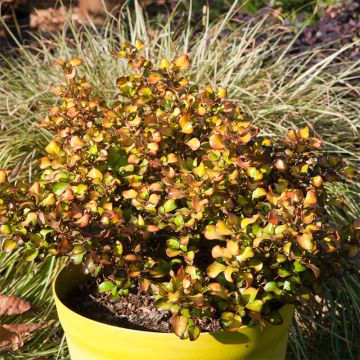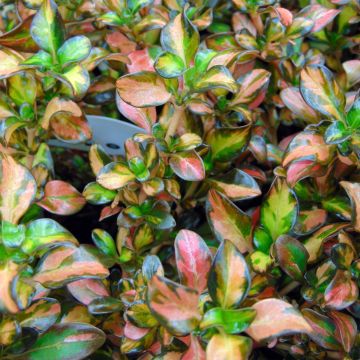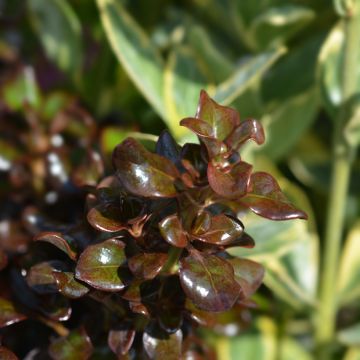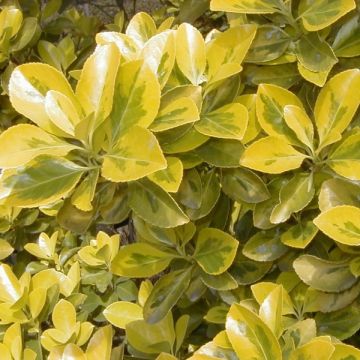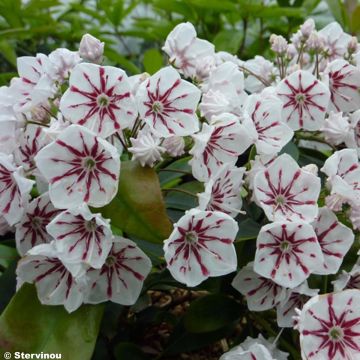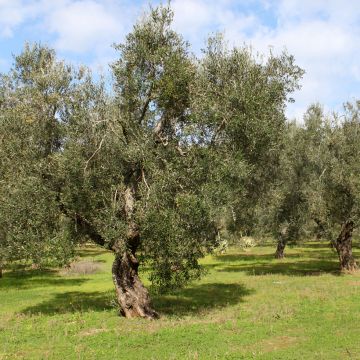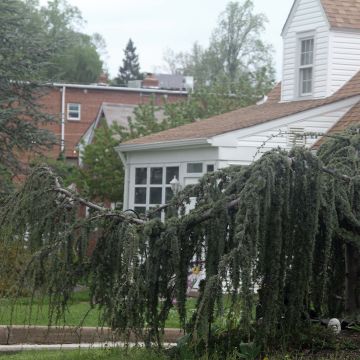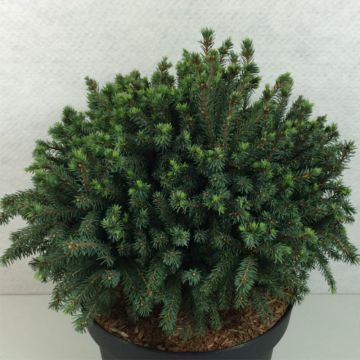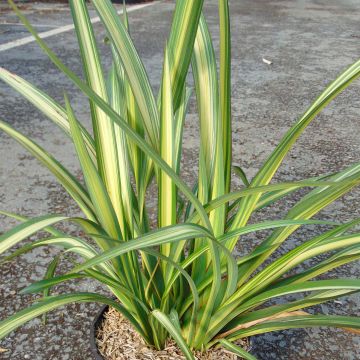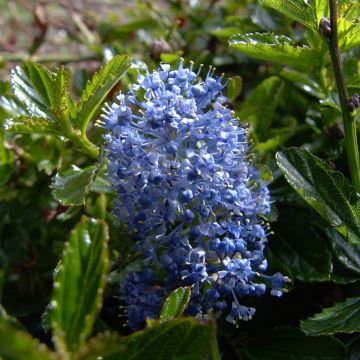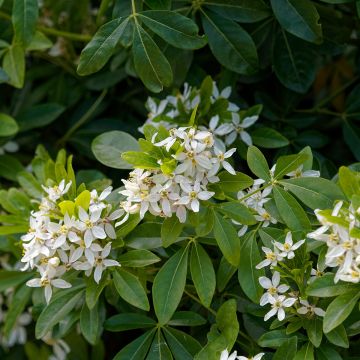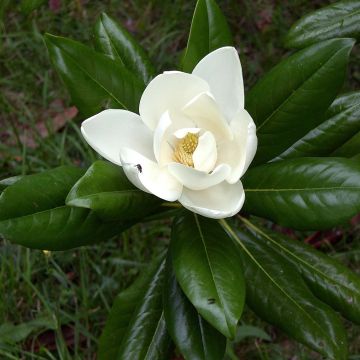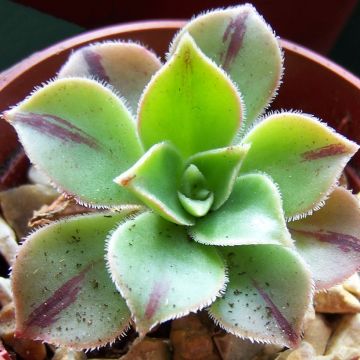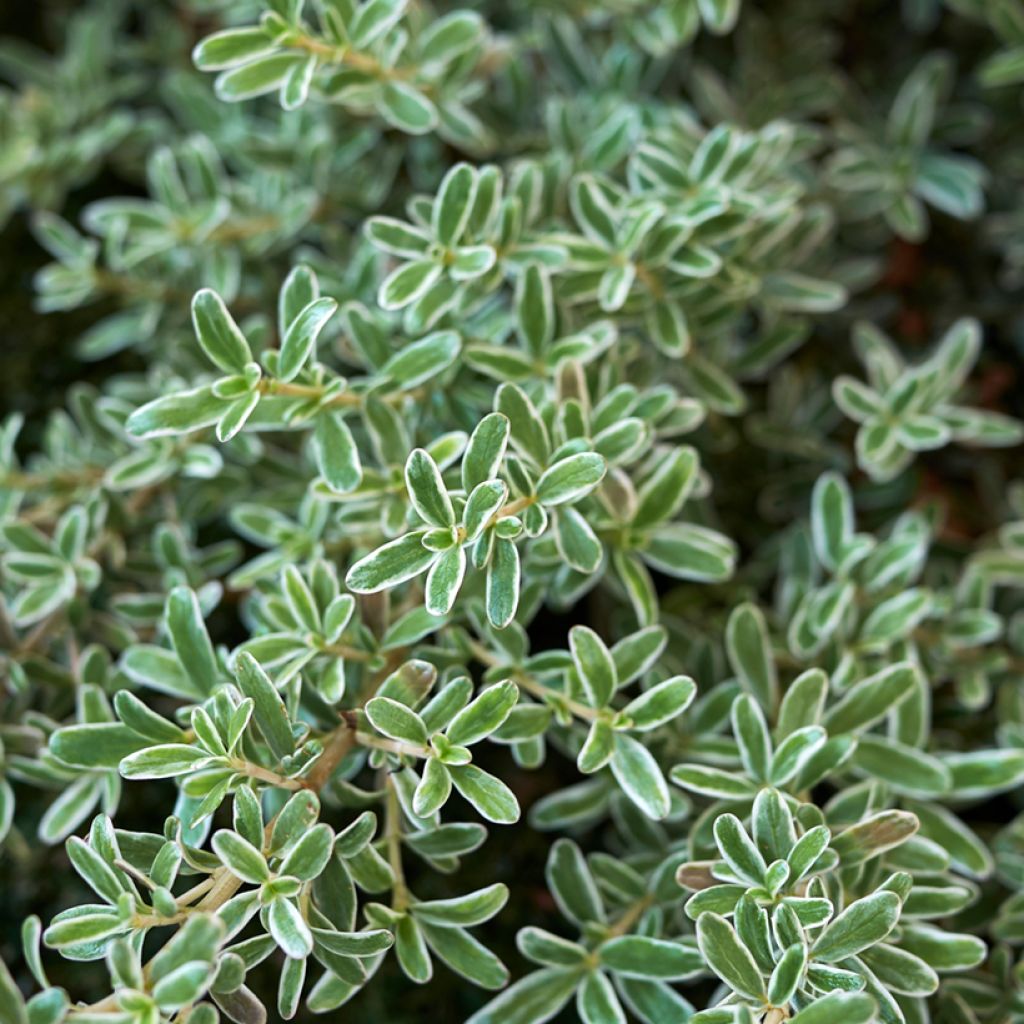

Coprosma kirkii Variegata
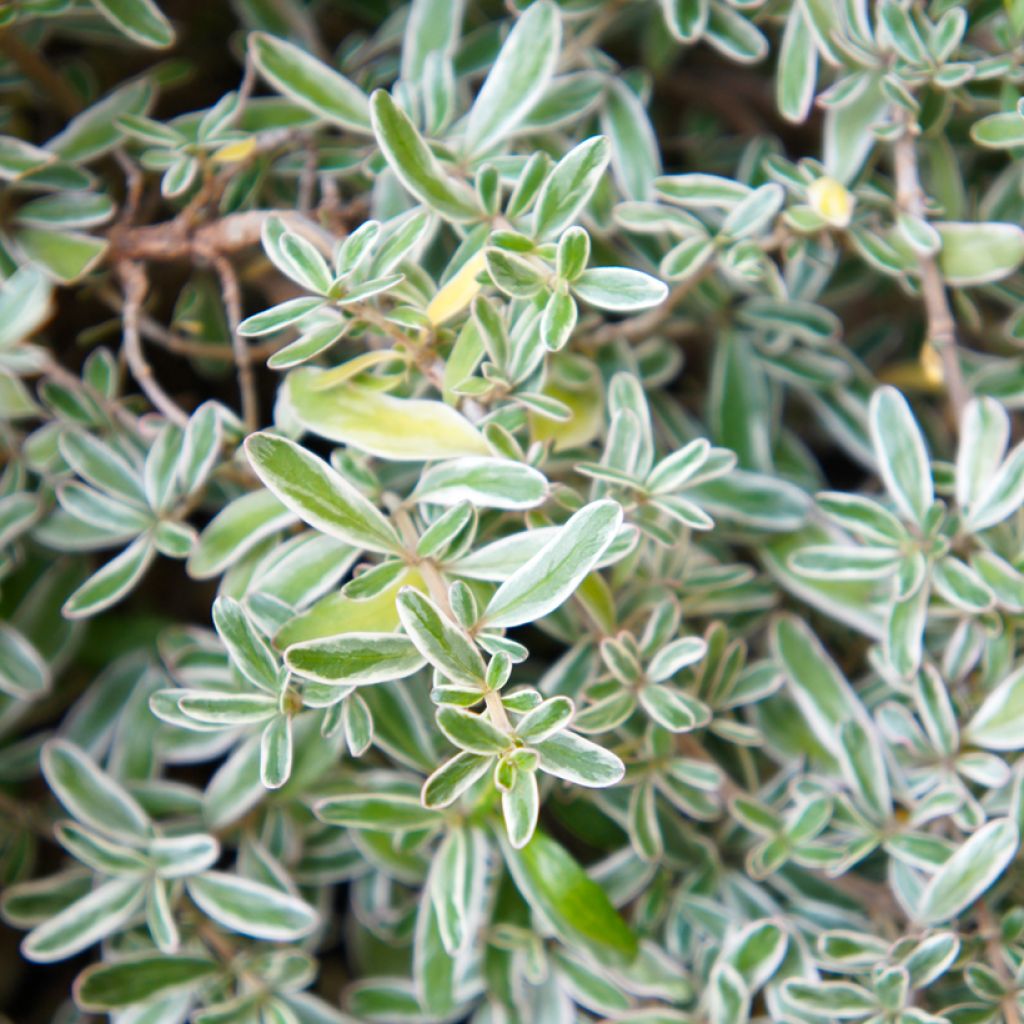

Coprosma kirkii Variegata
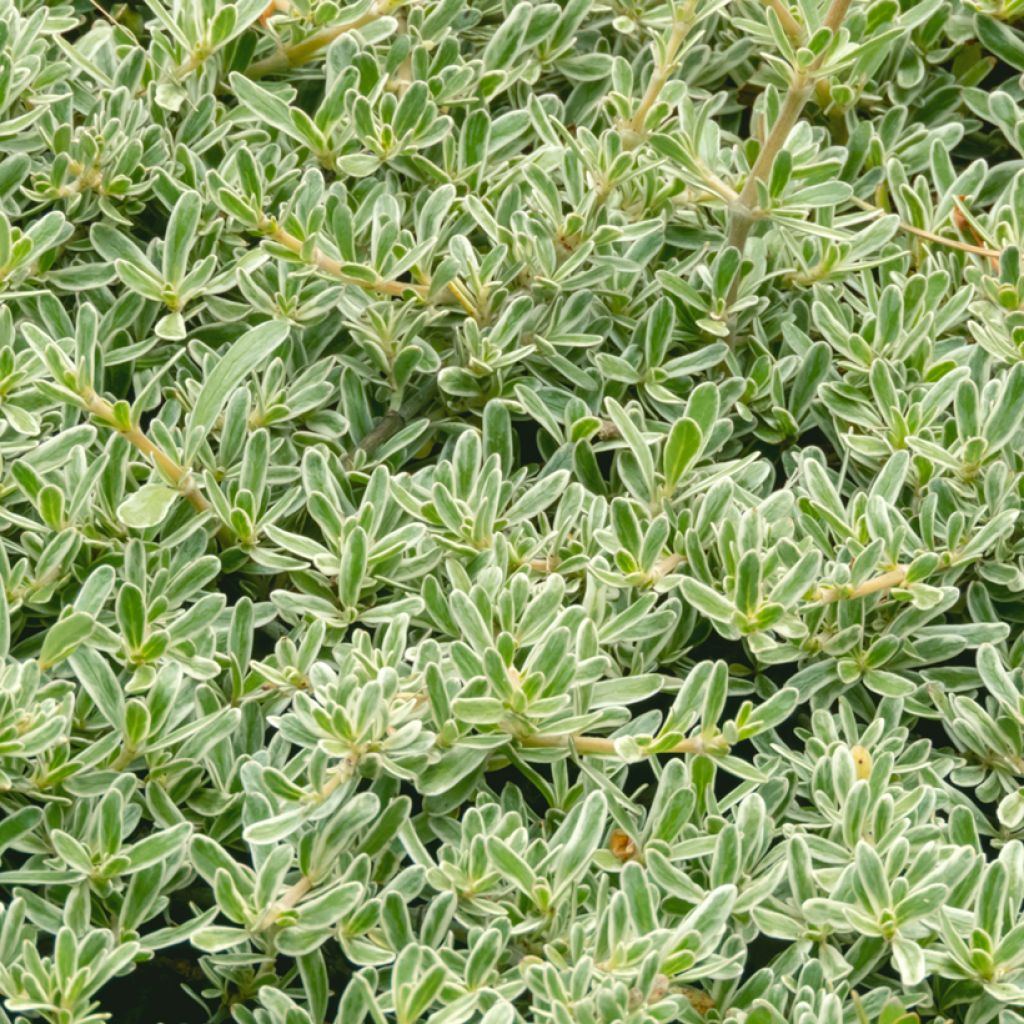

Coprosma kirkii Variegata
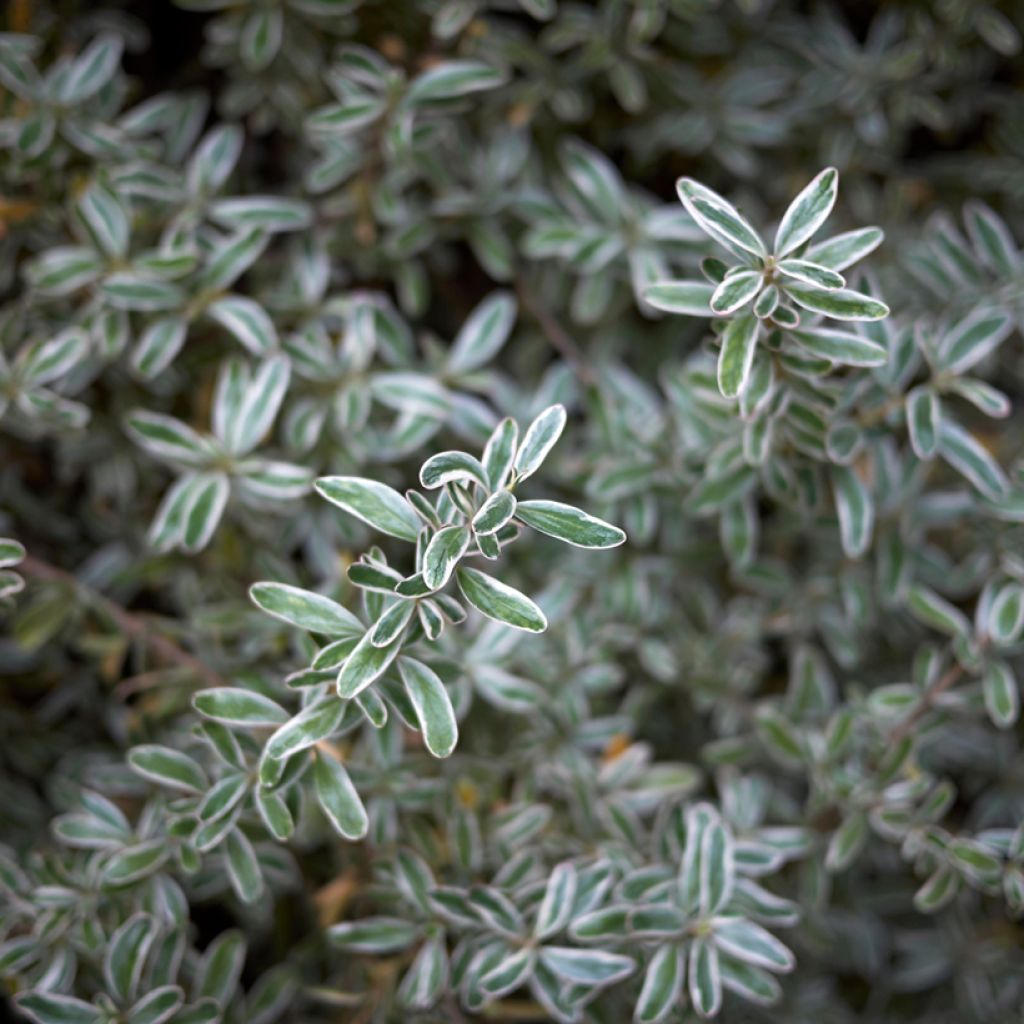

Coprosma kirkii Variegata
Coprosma kirkii Variegata
Coprosma x kirkii variegata
Mirror Plant, Looking-glass Plant
Why not try an alternative variety in stock?
View all →This plant carries a 24 months recovery warranty
More information
We guarantee the quality of our plants for a full growing cycle, and will replace at our expense any plant that fails to recover under normal climatic and planting conditions.
From €5.90 for pickup delivery and €6.90 for home delivery
Express home delivery from €8.90.
Delivery to Corse prohibited: UE law prohibits the import of this plant from mainland France to Corse as part of the fight against Xylella fastidiosa. Please accept our sincere apologies.
More information
Does this plant fit my garden?
Set up your Plantfit profile →
Description
Coprosma x kirkii 'Variegata' is an evergreen bush with a spreading and covering habit, very ornamental throughout the year. Its dense vegetation is effective against weeds and its fine foliage, green variegated with white, gives it a very interesting silvery appearance. Perfect for covering a slope, it will also blend happily in a varied bed alongside dark foliage to create superb contrasts. With limited hardiness, it will thrive in coastal areas, as it withstands sea spray and dryness quite well. It requires non-calcareous soil and will grow equally well in full sun or light shade.
Coprosma belongs to the large Rubiaceae family, which includes 600 genera and over 10,000 species. It hosts plants from tropical climates, such as the coffee plant, and many exotic ornamentals like Ixora, as well as plants from temperate zones, such as the lovely Cushion Bush, a compact perennial with clusters of pink flowers. There are around 90 Coprosma species, often small-leaved shrubs, but also some trees with larger leaves. These plants are often native to New Zealand and Australia, as well as various islands (Hawaii, Borneo, Java...).
Coprosma x kirkii is a hybrid between two botanical species. C. repens, introduced to Europe around 1866, is not creeping but in New Zealand forms tall bushes 3 to 6 metres high, known as "mirror plants" due to the shiny foliage. C. acerosa, also from New Zealand, grows in coastal dunes and forms a ground cover up to 2 metres in diameter, with particularly fine, yellowish-green foliage and inconspicuous flowering followed by small bluish berries.
Coprosma x kirkii 'Variegata' is a horticultural selection with variegated foliage, resembling an intermediate aspect between its two natural parents. Thus, this relatively fast-growing bush has a spreading habit without being truly creeping. Generally reaching 40-50 cm in height, with an irregular aspect, it spreads up to 1.50 m in diameter. It is an excellent ground cover due to its very dense vegetation. The slender and flexible, light brown branches bear small narrow leaves, measuring approximately 3-4 cm long by 1 cm wide. The bright green colour of the leaf blade is adorned with a white edge, which, combined with the profusion of leaves, gives it a shimmering silvery appearance from a distance. In summer, it produces inconspicuous flowers, too small to be decorative, followed in autumn by slightly more visible whitish berries. Its evergreen, glossy foliage is therefore its main asset, as it maintains its silvery appearance throughout the year.
Suitable for coastal areas and mild climates, this Coprosma will thrive in well-drained slopes and allow you to create attractive contrasts within a bed. Plant it at the edge in front of dark-foliaged plants, like the 'Tuxedo' Californian Lilac, whose almost blackish purple foliage is adorned with beautiful sky-blue flowers in May. The lesser-known Grevillea rhyolitica, with green foliage and endless coral-red flowering that catches the eye in the garden, will also be a great companion. Metrosideros with their exotic-looking blooms and vibrant colours will also blend harmoniously into your scene.
Report an error about the product description
Coprosma kirkii Variegata in pictures
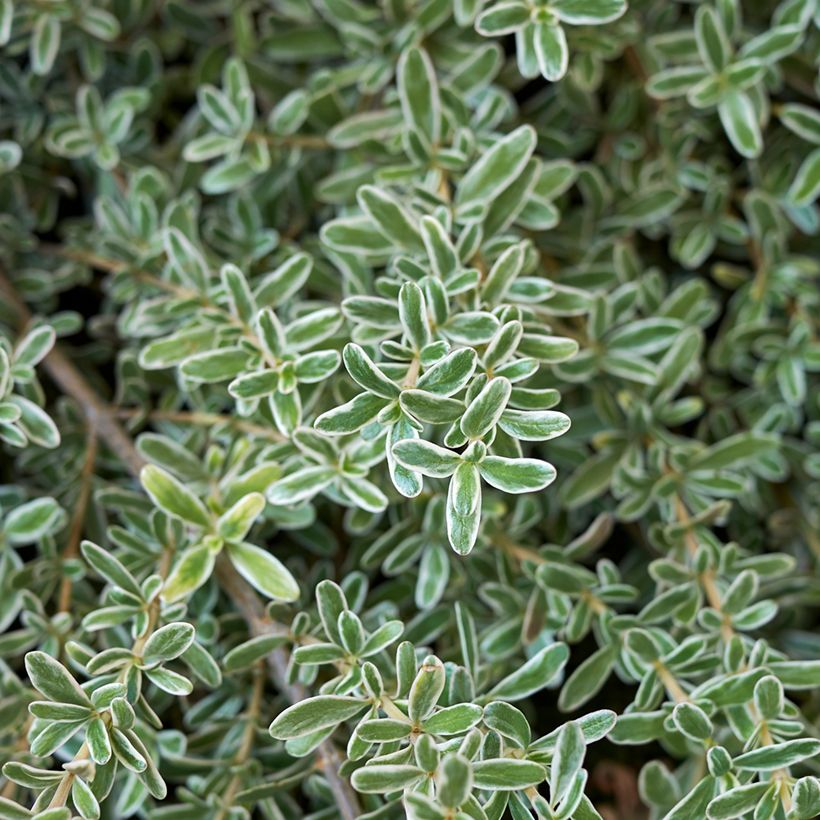

Plant habit
Flowering
Foliage
Botanical data
Coprosma
x kirkii
variegata
Rubiaceae
Mirror Plant, Looking-glass Plant
Coprosma x kirkii 'Kirkii Variegata'
Cultivar or hybrid
Other Coprosma
Planting and care
Coprosma x kirkii 'Variegata' thrives in open ground in frost-free coastal regions. It is best planted in spring, in full sun with partial shade. It tolerates drought and poor soils well, as well as salt spray to some extent, but dislikes the presence of limestone in the soil. Plant it in light soil, for example, a mix of leaf mold, peat, and river sand, well-drained. During planting, the planting hole should be twice the size of the root ball. Water regularly to help with establishment. Once well established, the Coprosma can do without watering in summer.
Pruning is not essential but if necessary prune sparingly between April and August. Modern hybrids seem to be less prone to attacks from scale insects and sooty mould.
Planting period
Intended location
Care
This item has not been reviewed yet - be the first to leave a review about it.
Evergreen shrubs
Haven't found what you were looking for?
Hardiness is the lowest winter temperature a plant can endure without suffering serious damage or even dying. However, hardiness is affected by location (a sheltered area, such as a patio), protection (winter cover) and soil type (hardiness is improved by well-drained soil).

Photo Sharing Terms & Conditions
In order to encourage gardeners to interact and share their experiences, Promesse de fleurs offers various media enabling content to be uploaded onto its Site - in particular via the ‘Photo sharing’ module.
The User agrees to refrain from:
- Posting any content that is illegal, prejudicial, insulting, racist, inciteful to hatred, revisionist, contrary to public decency, that infringes on privacy or on the privacy rights of third parties, in particular the publicity rights of persons and goods, intellectual property rights, or the right to privacy.
- Submitting content on behalf of a third party;
- Impersonate the identity of a third party and/or publish any personal information about a third party;
In general, the User undertakes to refrain from any unethical behaviour.
All Content (in particular text, comments, files, images, photos, videos, creative works, etc.), which may be subject to property or intellectual property rights, image or other private rights, shall remain the property of the User, subject to the limited rights granted by the terms of the licence granted by Promesse de fleurs as stated below. Users are at liberty to publish or not to publish such Content on the Site, notably via the ‘Photo Sharing’ facility, and accept that this Content shall be made public and freely accessible, notably on the Internet.
Users further acknowledge, undertake to have ,and guarantee that they hold all necessary rights and permissions to publish such material on the Site, in particular with regard to the legislation in force pertaining to any privacy, property, intellectual property, image, or contractual rights, or rights of any other nature. By publishing such Content on the Site, Users acknowledge accepting full liability as publishers of the Content within the meaning of the law, and grant Promesse de fleurs, free of charge, an inclusive, worldwide licence for the said Content for the entire duration of its publication, including all reproduction, representation, up/downloading, displaying, performing, transmission, and storage rights.
Users also grant permission for their name to be linked to the Content and accept that this link may not always be made available.
By engaging in posting material, Users consent to their Content becoming automatically accessible on the Internet, in particular on other sites and/or blogs and/or web pages of the Promesse de fleurs site, including in particular social pages and the Promesse de fleurs catalogue.
Users may secure the removal of entrusted content free of charge by issuing a simple request via our contact form.
The flowering period indicated on our website applies to countries and regions located in USDA zone 8 (France, the United Kingdom, Ireland, the Netherlands, etc.)
It will vary according to where you live:
- In zones 9 to 10 (Italy, Spain, Greece, etc.), flowering will occur about 2 to 4 weeks earlier.
- In zones 6 to 7 (Germany, Poland, Slovenia, and lower mountainous regions), flowering will be delayed by 2 to 3 weeks.
- In zone 5 (Central Europe, Scandinavia), blooming will be delayed by 3 to 5 weeks.
In temperate climates, pruning of spring-flowering shrubs (forsythia, spireas, etc.) should be done just after flowering.
Pruning of summer-flowering shrubs (Indian Lilac, Perovskia, etc.) can be done in winter or spring.
In cold regions as well as with frost-sensitive plants, avoid pruning too early when severe frosts may still occur.
The planting period indicated on our website applies to countries and regions located in USDA zone 8 (France, United Kingdom, Ireland, Netherlands).
It will vary according to where you live:
- In Mediterranean zones (Marseille, Madrid, Milan, etc.), autumn and winter are the best planting periods.
- In continental zones (Strasbourg, Munich, Vienna, etc.), delay planting by 2 to 3 weeks in spring and bring it forward by 2 to 4 weeks in autumn.
- In mountainous regions (the Alps, Pyrenees, Carpathians, etc.), it is best to plant in late spring (May-June) or late summer (August-September).
The harvesting period indicated on our website applies to countries and regions in USDA zone 8 (France, England, Ireland, the Netherlands).
In colder areas (Scandinavia, Poland, Austria...) fruit and vegetable harvests are likely to be delayed by 3-4 weeks.
In warmer areas (Italy, Spain, Greece, etc.), harvesting will probably take place earlier, depending on weather conditions.
The sowing periods indicated on our website apply to countries and regions within USDA Zone 8 (France, UK, Ireland, Netherlands).
In colder areas (Scandinavia, Poland, Austria...), delay any outdoor sowing by 3-4 weeks, or sow under glass.
In warmer climes (Italy, Spain, Greece, etc.), bring outdoor sowing forward by a few weeks.

































